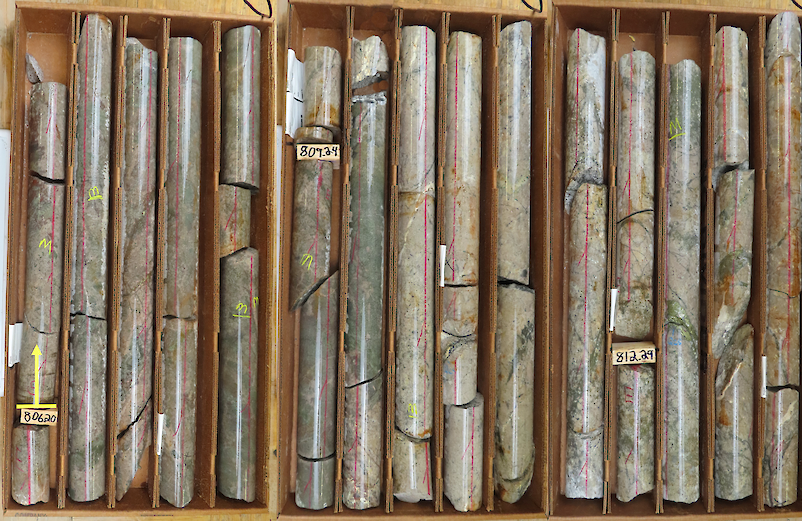
With the quarterly reporting season for Q4/14 now with us we should be seeing the beginnings of a serious uplift in margins for gold miners around the world, an uplift which will have been accelerating further since the year end. While the gold price itself may have weakened during Q4, although not materially so, two factors will have been impacting very positively on the results of many marginal miners.
One important factor during Q4 will have been the ever increasing gains of the US dollar against most local currencies which, on its own, will have led to an increase in revenue to operating costs margins in non-US dollar related parts of the world—in some cases, however, rather more than others. Australia, with its plethora of large, mid-sized and small gold miners will perhaps have benefited most in this respect with its currency falling around 14% against the US dollar over the period. They sell their product in US dollars, but incur most of their costs in local currencies thus improving margins by the percentage fall in local currency parity against the greenback.
The other major factor positively affecting the revenue/costs balance will be the oil price fall and this will have been particularly beneficial to virtually all the mining operations in remote areas without access to grid power, or without their own hydro-electric plants. This will apply to most West African gold mining operations for example. Further, open pit gold miners with oil guzzling truck fleets will also see some big benefits. With the oil price falling throughout the quarter, and even more since the year end, the cost improvement as a result will be continuing to improve. However it should perhaps be noted that these mines in remote areas do tend to carry large fuel stocks on site against possible supply interruptions, and some will also have been hedging oil prices on the way down, which means the full impact of the dive in the oil price may only now be being felt as we move into Q1/15, but many will already have been seeing the benefits in the earlier quarter although perhaps not yet to the full extent.
As we pointed out in an earlier article looking at all types of mining operations, the cost of power represents a very large proportion of overall operating costs, particularly for those having to rely on diesel generators, due to their locations. Power for crushing and grinding alone, for example, may account for up to 40% of a mine's energy costs, while total energy costs may account for a similar percentage of total operating costs for some mines relying on diesel generators and diesel powered loading and hauling equipment.
See: Expect some big mining cost falls in Q1
It is probably the gold mining sector which may well benefit most, and the smaller miners most of all. Many gold mining operations are much smaller in tonnage terms than the big open pit iron ore or base metal mines so don't have the wherewithal to invest in long power lines to connect them to the electrical grid system where this might be feasible for a bigger operation. There are also probably more remotely located marginal gold mines out there than there are of mines in most other sectors. The huge run-up in the gold price up to 2012 prompted a good number of development decisions predicated on $1,000 gold and higher which have been coming on stream over the past year or so, and most of these have to be considered marginal operations at today's gold price sitting at nearly 40% below its peak.
In the mad rush to develop these new mines to take advantage of rising gold prices, too often some costs ramifications were glossed over. They would be more than countered by the seemingly inexorable rise in gold, but the reality has been different. The rapid expansion of the sector also led to a shortage of qualified and experienced managers who might have been through ups and downs in the mining cycle before and might have been more price risk aware.
But what's done is done, leaving a host of struggling gold miners, already battling to stay, or become, profitable and the latest dollar strength/oil price weakness scenario is probably offering a lifeline which may keep rather more of them afloat. They will be hoping against hope that this double benefit to their costs structure will continue until the gold price picks up again—if it does.
Lawrence Williams
Mineweb



































